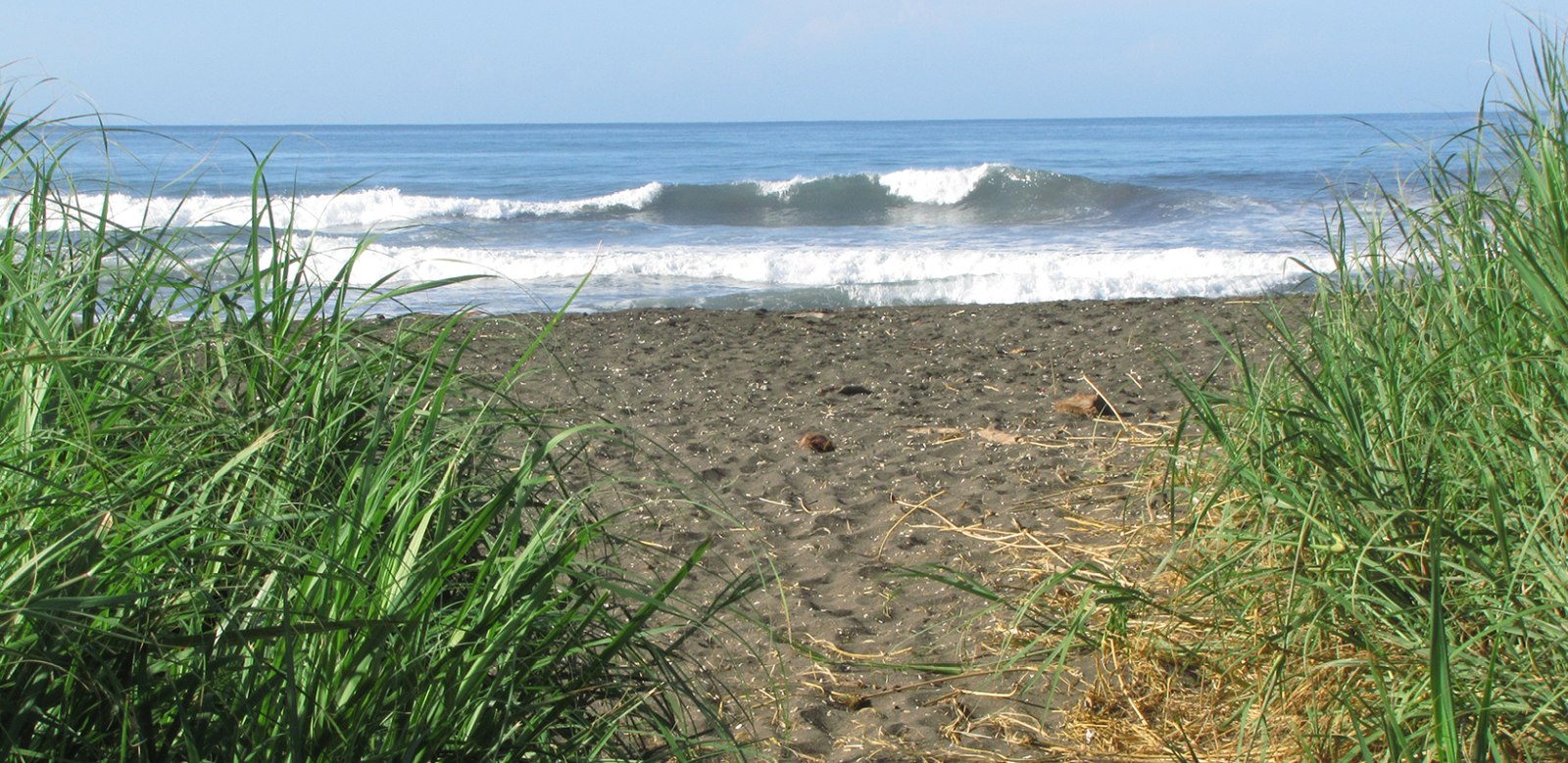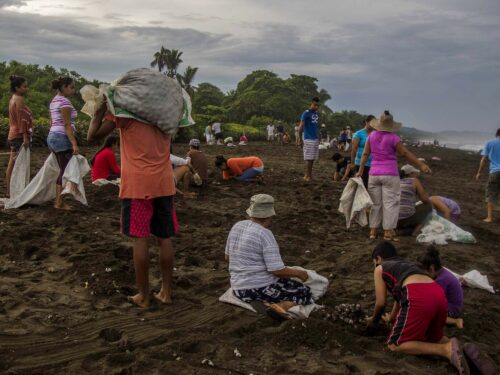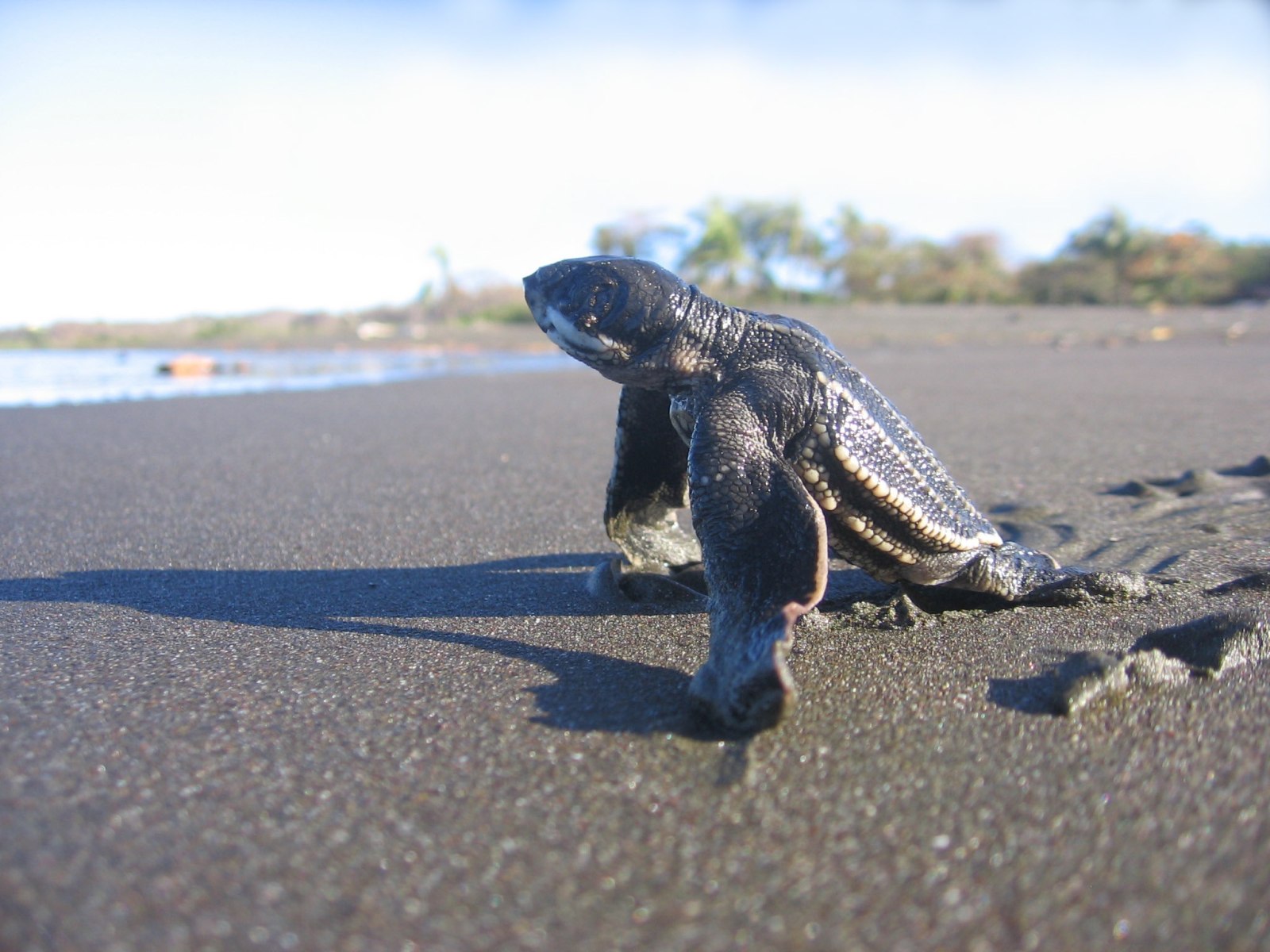
The approval of bill 18.939 to regulate the Ostional Wildlife Refuge (see attachment) was approved by 37 legislators during the first debate on Monday, November 30th and sent for review until Thursday, December 10th.
After that date, it will depend on the agenda of the Legislative Assembly— and how fast they resolve motions filed against some points that are currently in the bill— to approve it in second debate.
If the law gets approved, it would regulate the permanence and activities of people who are already living within the shelter.
Leaders in the communities surrounding the Ostional Refuge are participating in the project, including the Ostional Integral Development Association (ADIO), the Nosara Civic Association (NCA), the National System of Conservation Areas (SINAC– Sistema Nacinoal de Areas de Conservacion), the University of Costa Rica and the Tempisque Area of Conservation (ACT- Area de Conservacion Tempisque) in coordination with the Commission for Environmental Affairs of the Congress of Costa Rica, which includes Guanacaste legislators Juan Marin and Suray Carrillo.
The new law aims to establish a special legal framework for the Ostional Wildlife Refuge that allows for regulating land use, the reasonable and sustainable use of natural resources and providing legal security to those who occupy land within the refuge.
The refuge was established in November of 1983. The community of Ostional of Santa Cruz in the north and Playa Pelada and Guiones to the south, in the canton of Nicoya, are located within the boundaries of the refuge.
In August of 2014, SINAC presented an assessment with results from studies conducted on the current situation of natural and social resources of Ostional. This assessment was used to draw up the bill (see attachment).
According to data from SINAC, 138 people have a property title within the refuge (there are people who have properties within the refuge but do not live there), there are 145 registered plans and there are 304 occupants or people without property titles.
The new regulation would prevent eviction processes as soon as it goes into force. At the same time, eviction processes that were started before the new law would be suspended.
Concessions could be granted to current residents as long as they are not in a protected area 15 meters around the refuge’s estuaries and mangroves, forests, woodlands, wetland ecosystems, 50 meters from the shoreline (the maritime land zone) and the areas that are exposed at low tide, islets and rocks.
Other prohibitions included are not using permits given for land or construction for any purpose other than what was granted by ACT, not ceding or transfering concessions or developing activities that go against the refuge’s conservation.







Comments